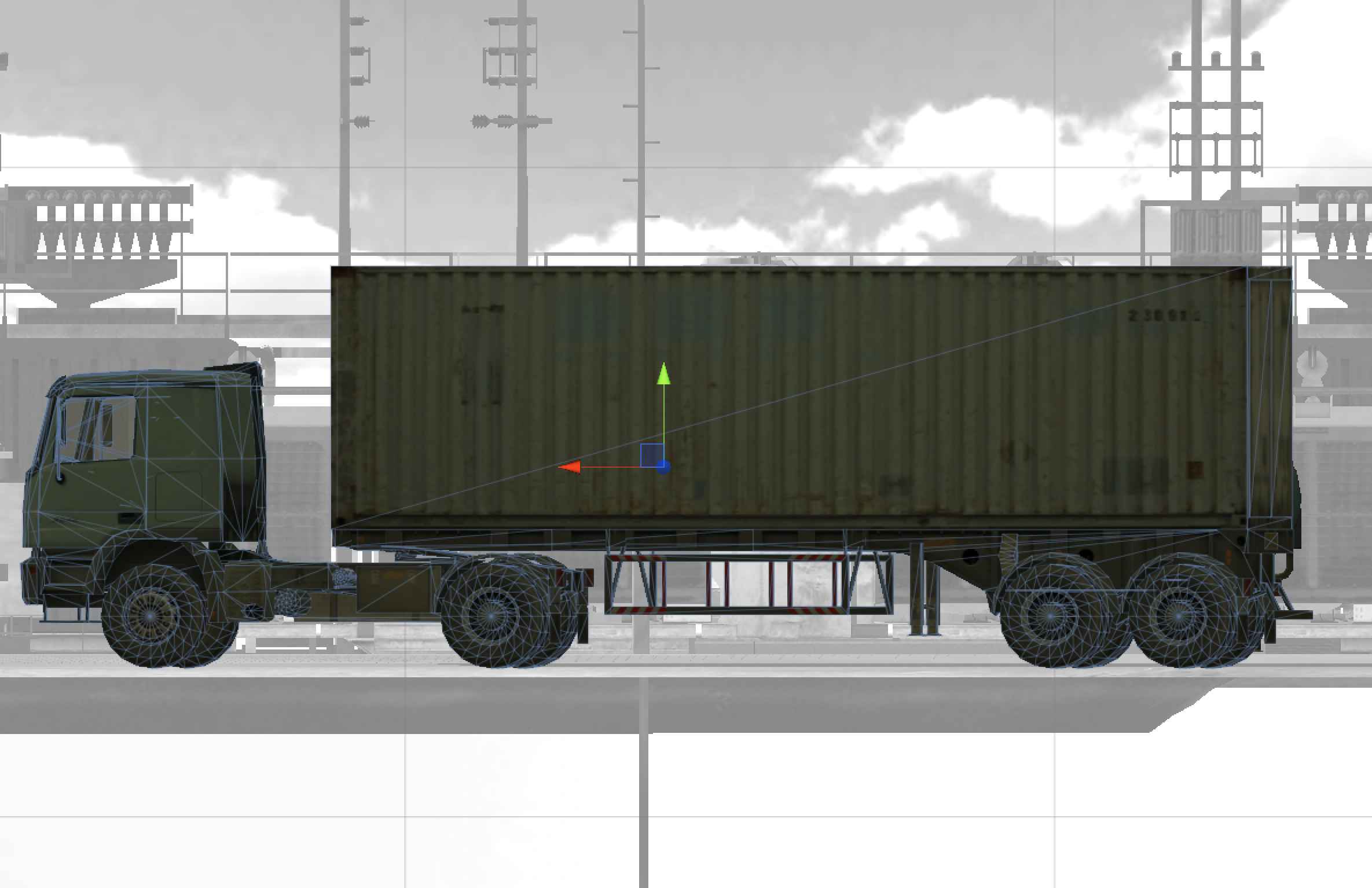We’ve been building simulations since our research lab days (at the Institute for the Learning Sciences at Northwestern University). We’ve used a slew of different technologies to create these simulations, from off-the-shelf tools, to home-brewed authoring environments, to hard-core programming languages. In the last few years, a new set of tools has become available that has really changed the game.
These are real-time 3D engines originally developed to support the gaming industry. An example of one of these environments is Unity. The beauty of Unity is that it allows the fairly rapid construction of a real-time 3D environment that can then be output to play on almost anything: desktops, laptops, tables, and even X-box and Playstation gaming consoles.
But is it worth investing the time and resources to develop real-time 3D training applications? We think so. There are several reasons. One is just that, quite frankly, the simulations/games that can be produced look fantastic. Related to this is that such environments are familiar and attractive to the new generation of learners in the workplace. More importantly though, real-time 3D has a physicality that can have an enormous impact on the realism of performing a task. For example, workers on an oil rig physically manipulate huge pieces of machinery, direct the flow of mud around a huge swath of land, and deep into the ground, interpret complex data screens, and operate massive control boards. And if they do something wrong, the consequences can be extremely physical–rigs blow up, oil spills, towns evacuate. When you simulate a drilling task, its deeply ingrained physicality leads to a real time 3D experience that feels genuine. It doesn’t feel like content slapped into an environment, but rather like a pressing task that needs immediate attention. That’s one place where realtime 3D seems to really pay off.  Another good reason is content that is tied to a location. For example, managers who direct the work at large processing facilities need to know how materials move through the factory, how different groups interact with equipment, how products find their way to customers, and how raw material finds its way into the plant. The spatial nature of the content makes walkthroughs in real time 3D meaningful, and pedagogically effective. Yet another advantage of real time 3D is that it offers a way to get around the somewhat artificial nature of many simulations, in which the action stops and the learner is forced to make a choice. While such simulations can be extremely effective (and we’ve certainly built many of them) there’s still something artificial about this set up. In a real world environment you can ignore cues that you should be doing something, and even wander away and focus your attention on something else entirely. Real-time 3D makes it possible to come closer to simulation the nature of real-life experience, where a learner needs to be proactive in the interacting with the environment. What do you think? Can you think of any other good cases for real time 3D (or for eschewing it)?
Another good reason is content that is tied to a location. For example, managers who direct the work at large processing facilities need to know how materials move through the factory, how different groups interact with equipment, how products find their way to customers, and how raw material finds its way into the plant. The spatial nature of the content makes walkthroughs in real time 3D meaningful, and pedagogically effective. Yet another advantage of real time 3D is that it offers a way to get around the somewhat artificial nature of many simulations, in which the action stops and the learner is forced to make a choice. While such simulations can be extremely effective (and we’ve certainly built many of them) there’s still something artificial about this set up. In a real world environment you can ignore cues that you should be doing something, and even wander away and focus your attention on something else entirely. Real-time 3D makes it possible to come closer to simulation the nature of real-life experience, where a learner needs to be proactive in the interacting with the environment. What do you think? Can you think of any other good cases for real time 3D (or for eschewing it)?



